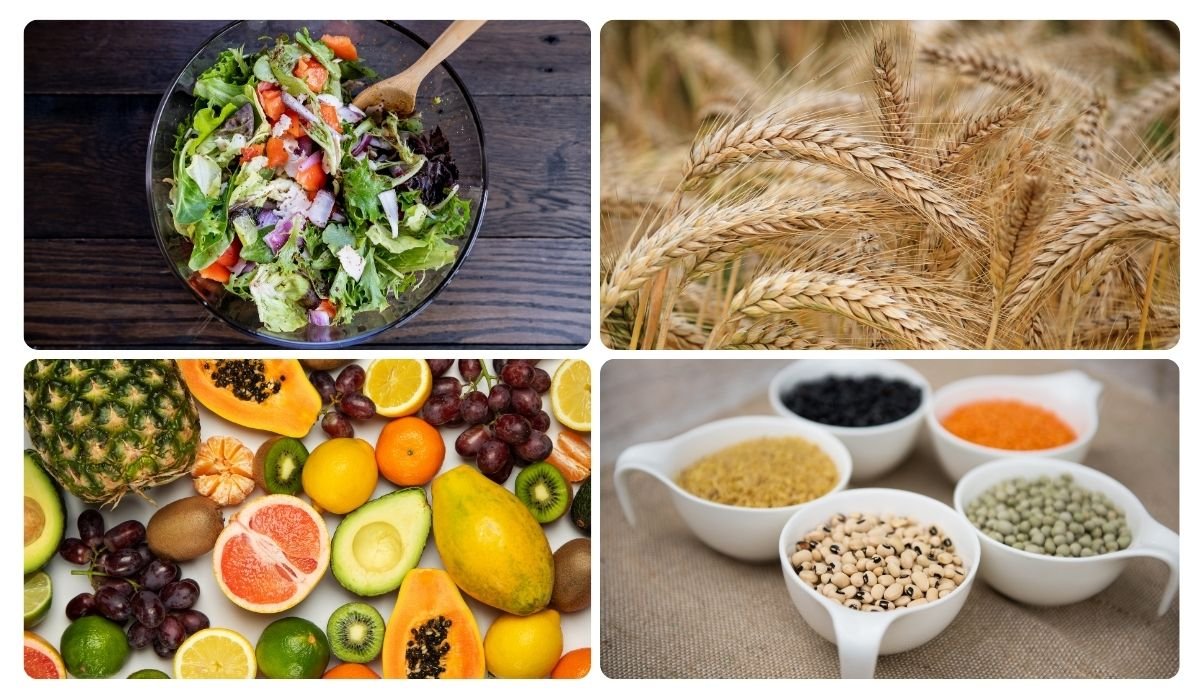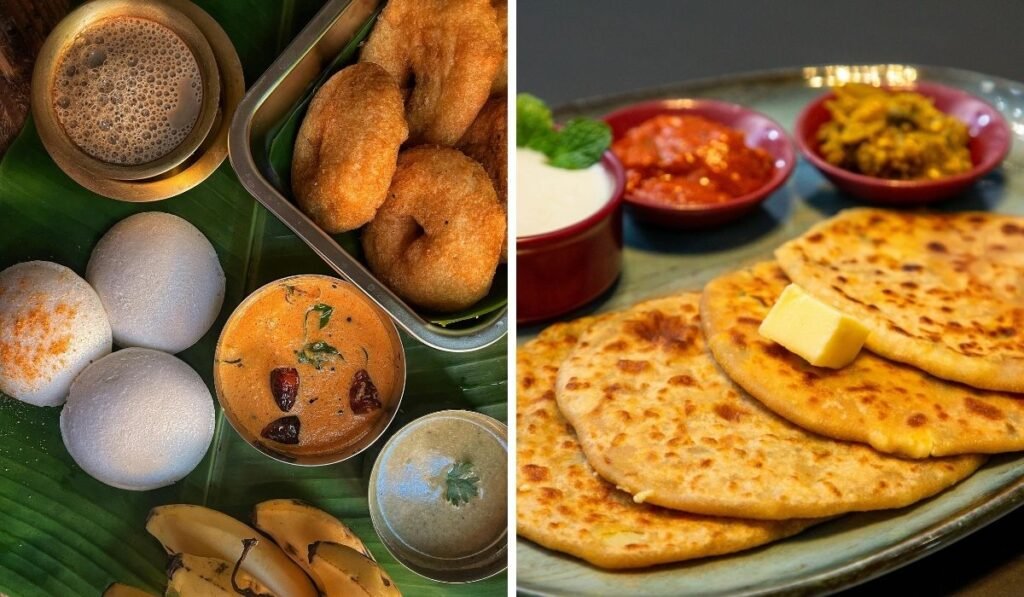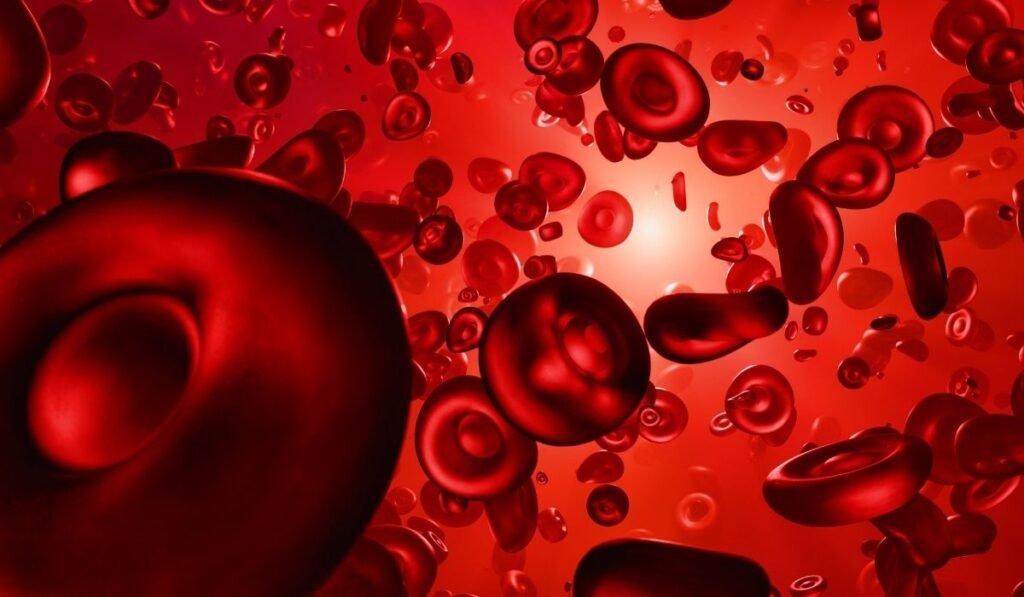I’ll be honest with you—diabetes wasn’t a topic I ever thought I’d spend time learning about. But then, a few years ago, my uncle (who’s a complete foodie by the way) was diagnosed with Type 2 diabetes. Medicines became his daily routine, but what really shook him was this: “I feel like my lifestyle has betrayed me, not my body.”
That line stayed with me. And as I started reading and talking to people, I realized something very important—diabetes, especially Type 2, is less of a disease and more of a food and lifestyle problem. What we eat, how much we move, even how stressed we stay—it all piles up over time.
According to the International Diabetes Federation, over 77 million Indians live with diabetes, and the numbers are rising fast. But here’s the hopeful part—several studies confirm that by adjusting our diet, many can reverse or at least significantly control their blood sugar levels without lifelong dependency on medicines.
And here’s the good news—changing food habits can actually make a huge difference. In fact, some people even reverse their diabetes just by eating right. So let’s talk about five everyday foods that can quietly but powerfully help manage blood sugar levels.
🥗 1. Salad First, Always
Here’s a simple trick my aunt swears by: eat a bowl of salad before your main meal. At first, it felt too basic to matter. But it works.
Raw veggies like cucumber, carrots, onions, and cabbage are loaded with fiber. This slows down sugar absorption and prevents that impulsive sugar spike after meals. My uncle, for example, started having a small onion salad with lemon before dinner, and within a few weeks his post-meal sugar levels looked way better.
It’s not fancy—it’s everyday Indian kitchen stuff. The catch? You need to stick to it.
🌾 2. Barley & Millets – Old Grains, New Respect
Our grandparents ate differently. They didn’t just rely on wheat and polished rice; their diet was richer—barley (jau), bajra, ragi, jowar were staples. Somewhere in the rush of “modern food,” we dropped these.
But science is catching up with tradition now. Barley, for example, helps bring down blood sugar far better than oats. Even a simple barley roti a few times a week can make a difference.
In one trial, people eating barley saw a 65% reduction in blood sugar levels, compared to only 36% in those eating oats.
Millets are slowly making a comeback too. Try swapping rice with foxtail millet or making bajra khichdi. It won’t taste like rice, sure, but give it a week—you’ll get used to the earthy flavor, and your sugar readings will thank you.
🍊 3. Fruits – Not the Enemy
One of the saddest myths I’ve heard is “diabetics can’t eat fruits.” Not true. Whole fruits (not juices!) are not just safe but recommended.
Jamun, guava, apple, papaya, oranges—all fantastic. In fact, jamun seeds are famous in Ayurveda for controlling sugar.
But yes, you do need to be careful with very sweet fruits like mangoes, bananas, and chikoo. Small portions are fine, but don’t go overboard.
Here’s what worked for my uncle: instead of reaching for biscuits with tea, he started eating a small apple. It kept his sugar in check and killed the craving for packaged snacks.
🥥 4. Healthy Fats – Don’t Fear Them
For years, we were told “oil is bad, fat is dangerous.” But turns out, the right fats can actually help stabilize sugar.
Think about it: carbs give you a quick rush, then a crash. Fats, on the other hand, release energy slowly, so your sugar doesn’t swing up and down.
What to eat? Handful of almonds, a spoon of flaxseeds, roasted peanuts, even a little ghee on your roti—it’s all good. Just keep quantities in check.
What to avoid? Refined oils. Those shiny bottles in supermarkets look attractive but are terrible for your pancreas (the organ that produces insulin). Cold-pressed oils like mustard or groundnut are much better.

🍲 5. Whole Pulses – The Forgotten Heroes
Another shift I noticed in city households: most people prefer split dals because they cook faster. But whole pulses—black chickpeas, green moong, rajma—are so much healthier for diabetics.
Why? Because they digest slowly, keep you full longer, and don’t let sugar shoot up.
Evening snack idea: a small bowl of boiled black chana with lemon and salt. Tasty, filling, and sugar-friendly.
🌱 A Small Habit You Can Start Today
If this feels overwhelming, don’t change everything at once. Try this instead:
👉 For the next one week, start every lunch with a raw salad and replace one wheat roti with barley roti.
It’s simple, doable, and a great way to test how your body responds. You’ll probably notice less post-meal sleepiness and better energy.
❓ Quick FAQs
Q1. Can Type 2 diabetes really be improved just by changing diet?
Yes — many studies and anecdotal evidence suggest that for many people with Type 2 diabetes, dietary changes (plus lifestyle tweaks like exercise and stress management) can significantly improve blood sugar control, and in some cases reduce dependency on medication. Always do this with medical supervision though.
Q2. What are millets and barley’s benefits for blood sugar control?
Millets (like ragi, jowar, foxtail millet) and barley digest slower than refined grains, have more fiber, and cause smaller spikes in blood sugar. They also help you feel full longer, which can reduce overeating and help with weight control, another factor in diabetes management.
Q3. How do healthy fats help in managing blood sugar?
Healthy fats (e.g. almonds, flaxseeds, ghee in moderation) slow down how quickly sugars are absorbed, reducing sudden spikes. They also improve satiety (how full you feel), so you’re less tempted to snack on high-sugar foods.
Q4. Are fruits completely off-limits for diabetics? Which fruits are safer?
Not at all. Whole fruits with fiber are generally safe. Fruits like guava, apple, jamun, papaya, and oranges are good choices. Avoid or limit high-sugar fruits or large portions; don’t consume fruit juices which lack fiber and can raise blood sugar quickly.
Q5. What small daily habits can help implement these superfoods effectively?
You can start with simple swaps: eat a raw salad before your main meals, replace one white rice or wheat roti meal per week with barley or millet, include a handful of nuts or a spoonful of seeds daily, and try a pulse-based snack like boiled chana in the evening instead of packaged snacks. Consistency is key.
✨ Final Thought
At the end of the day, managing diabetes is less about strict “don’ts” and more about smart swaps. Replace polished foods with whole ones. Add fiber. Don’t fear healthy fats. And most importantly, stay consistent.
Because real change isn’t about a diet chart stuck to the fridge—it’s about what and how you actually eat, every single day. Creating a healthier future.
Nikita Palesha is a wellness advocate and eco-conscious writer who shares simple, sustainable tips for everyday living. She’s passionate about mindful choices that support a healthier planet and a balanced lifestyle.




